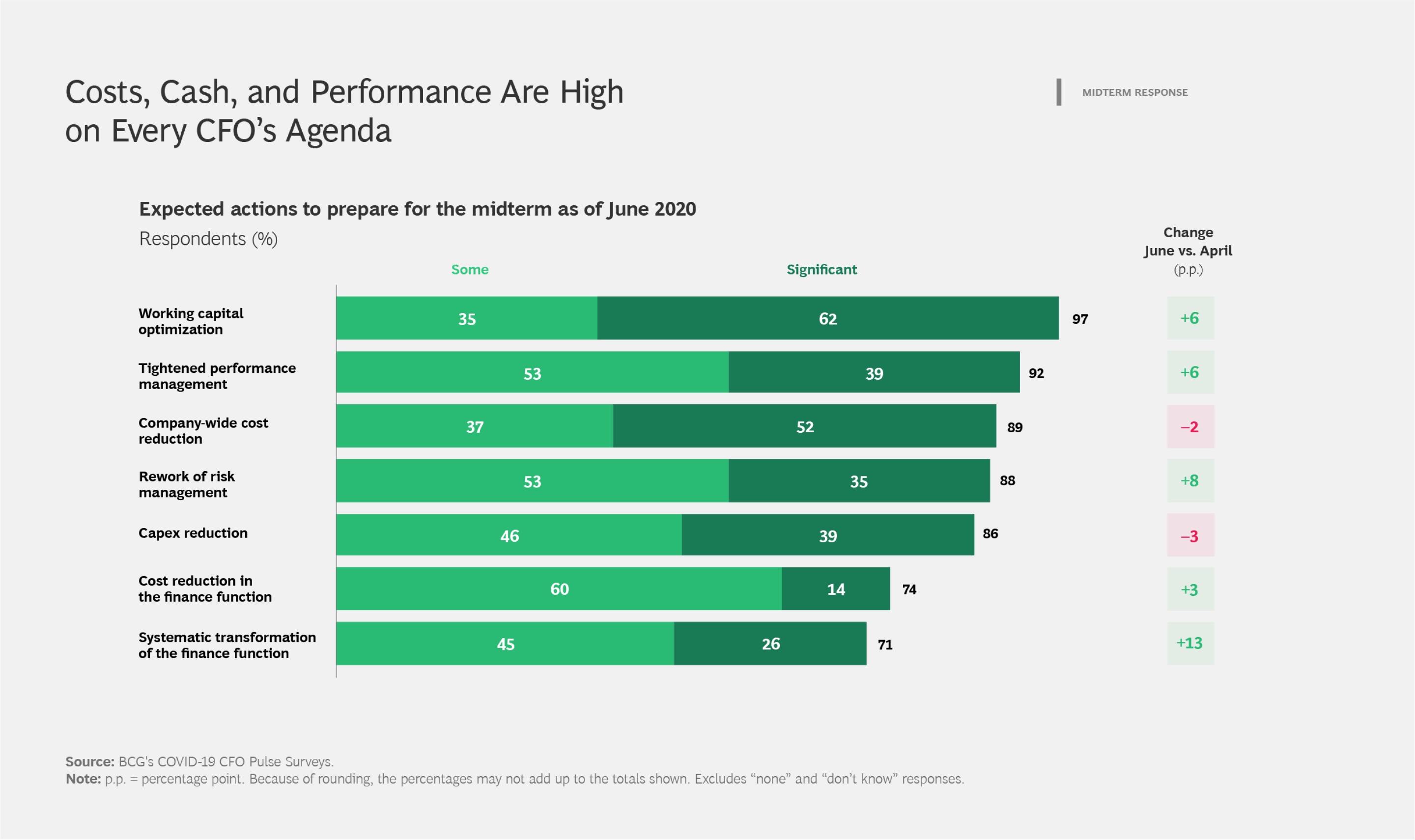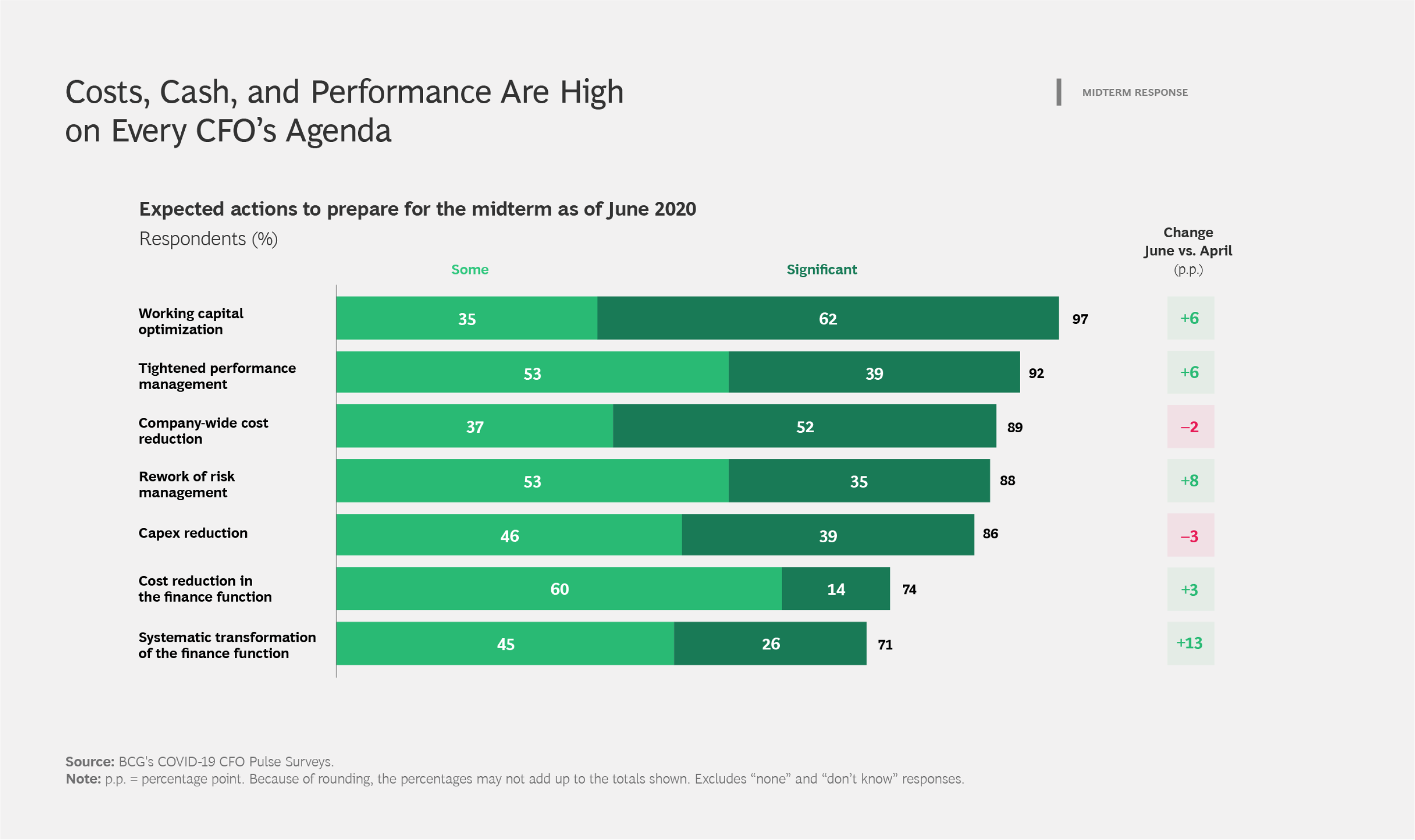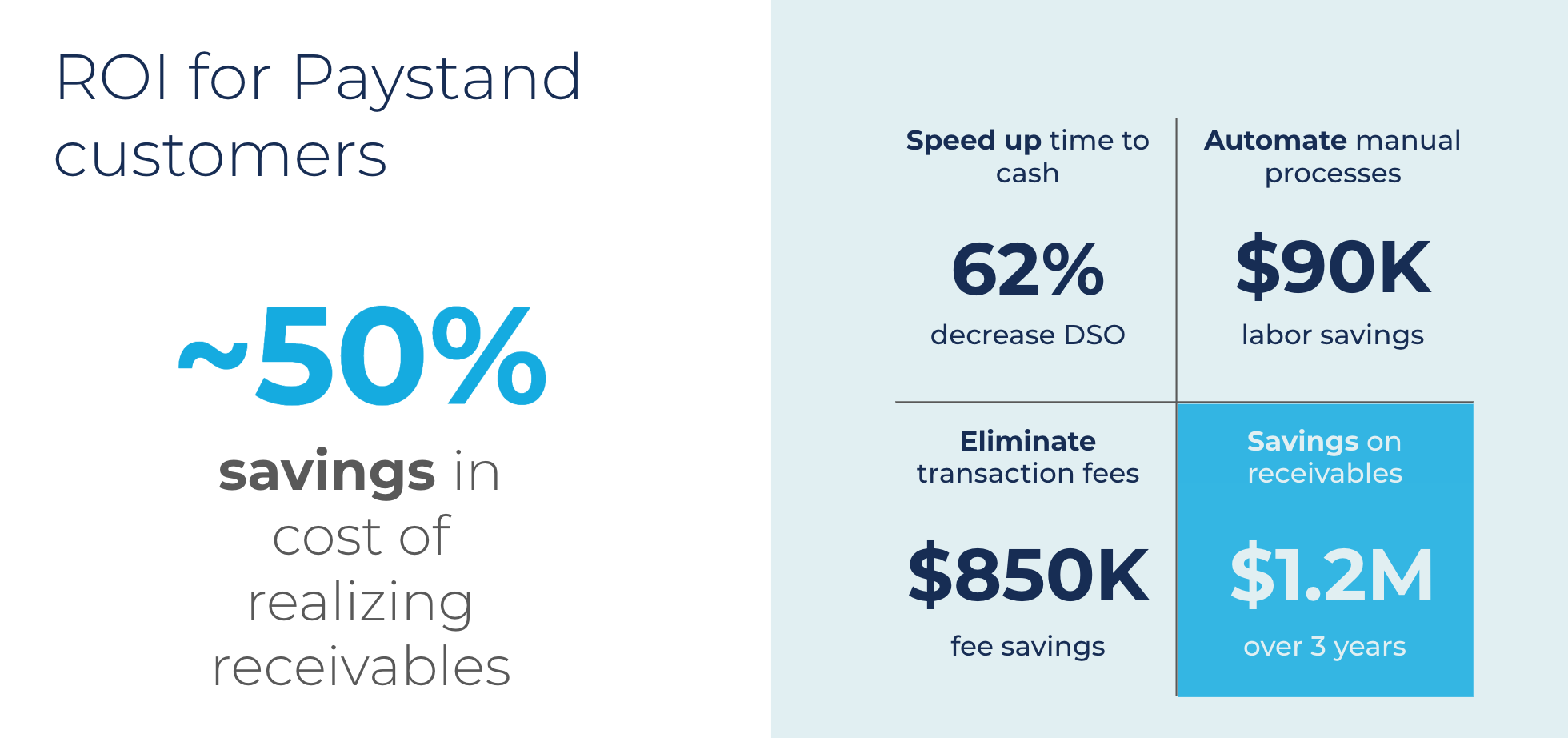Accounts Receivable: A Strategy for Steady Cash Flow


Whether you're a mid-market or a large enterprise B2B company with a dedicated accounts receivable (AR) team, creating a steady stream of "free cash flow" is always a challenge. In fact, the average US business has 24% of its monthly revenue held up in accounts receivable. In this blog: a proven strategy for creating a steady cash flow.
The Impact of Late Payments and Outstanding AR on your Business
Cash flow problems can ruin businesses that might otherwise be profitable. According to a U.S. Bank study, 82% of business failures are due to poor cash management.
A weak cash flow position can compromise your business' ability to pay suppliers on time or settle debts from accumulating bills — leading to additional late payment fees. This can both sink your credit rating and damage your relationship with customers, landlords, utility providers, and suppliers.
A business with no cash flow cannot purchase new capital assets, hire new employees, or benefit from the bulk-buy discounts suppliers often offer upon advance payments.
This can drag the business down in a variety of ways:
- Hurting employee morale
- Losing potential or current investors
- Falling behind competitors
A B2B Strategy for Getting Paid on Time
While online platforms and agencies can help to improve the ability to be paid on time - because you have an advocate and the tools - you still want to develop your own independent process to receive timely B2B Payments. Everyone wants to get paid on time, so here are some tips on speeding up payments and what to do if you don’t get paid at all.
- Put everything in writing. This helps to formalize the relationship with your clients, get your payment terms articulated in a clear way that includes due dates and late fees, and have a basis should you need to take your fight for payment further.
- Get a deposit in advance. Not only does that let your client know that payment is an important part of your working relationship, but it also provides more cash flow that can help you manage your own expenses.
- Determine your AP contact. While you typically send invoices to the person you are working with directly, it is good to get to know the accounting staff that may be actually processing your invoices should there be issues t.
- Invoice promptly. Don’t leave invoicing to the last minute. In fact, make it a priority. For example, send it as soon as you finish your project even attaching it to the final work. A schedule often works best, like invoicing on the 1st and the 15th.
- Use positive or negative reinforcement. Typically, positive reinforcement works more effectively, such as offering them a discount for early payment. However, some people will only ever respond to negative reinforcement so when they see a late fee that is a percentage of the total, you might be able to change their payment behavior to your benefit.
- Invoice often. To help your clients budget and remember that payment is part of the process as well as to maintain a regular cash flow, consider invoicing more frequently. Waiting to bill once a month only puts you in a tough position should your clients be late with their payments. However, if you bill twice a month or weekly, you have a better chance of getting money on a more regular basis.
Even if one or two clients are slow at paying, there are others that have been trained to pay more often. There’s also something to be said about a shorter payment period in terms of its effect on the client’s ability to keep payments at the top of their mind more so than once a month. - Use online invoicing tools. While sending invoices by snail mail are still expected from some companies, most company's agree that they prefer receiving them through email and enjoy the convenience of pressing on a link and paying it immediately so it’s off their plate.
For you, it's one of the fastest ways to get paid. These online invoices also allow for multiple payment methods as well as recurring invoices so your invoicing gets done while you focus on your business. - Offer more payment methods. Limiting a client to a paper check could be impacting how fast you get paid. However, if you give them many more digital payment options such as debit & credit cards, ACH, or direct bank payments allows them to take care the payment easily and quickly.
- Be the squeaky wheel. Don’t be afraid to follow-up when you haven’t received payment in a timely fashion. It’s best to start with an email reminder to check and see if they received your invoice. If no response comes, it's time to formalize the tone of your correspondence, reminding your client that payment is past due and to contact you.
You may also need to start calling, but the benefit of doing everything in writing is that you also have a paper trail should you need to go to court or reach out to a collections agency when payment is months in arrears. - Halt production. When worse comes to worse and it’s been way too long since you have sent that invoice, it’s time to let them know you will not tolerate this kind of working arrangement. Stop working on a project and see just how fast they may change their minds about getting you what’s owed.
If you have also spoken to them and found that they are having money problems or you hear some excuses, then this is a sign to stop working and move on. Those are the times to just cut bait with that client.
Need Help Improving Your Cash flow?
If you are looking for ways to improve your cash flow management, we can help. Paystand is a digital payments and AR management platform that helps businesses streamline and automate payment processing and accounts receivable management. We integrate with most ERP software systems and offer flat-monthly pricing to keep your costs low and predictable.
Paystand's flexible modules make it easy to manage, optimize, and automate your cash conversion cycle. r.






